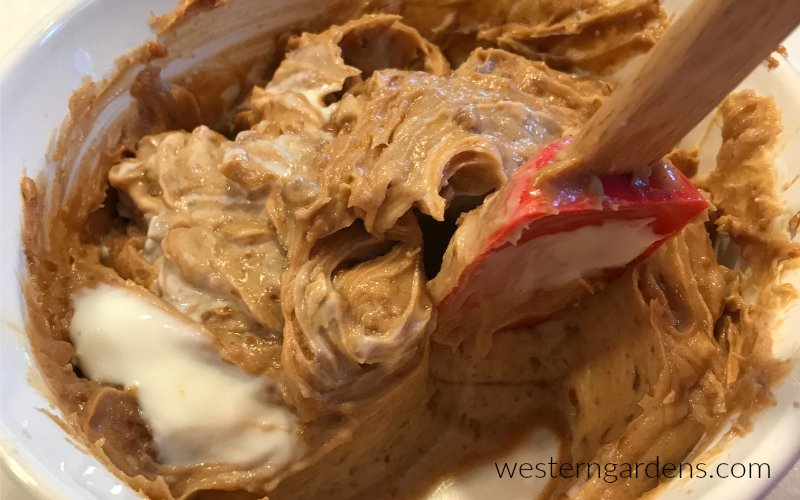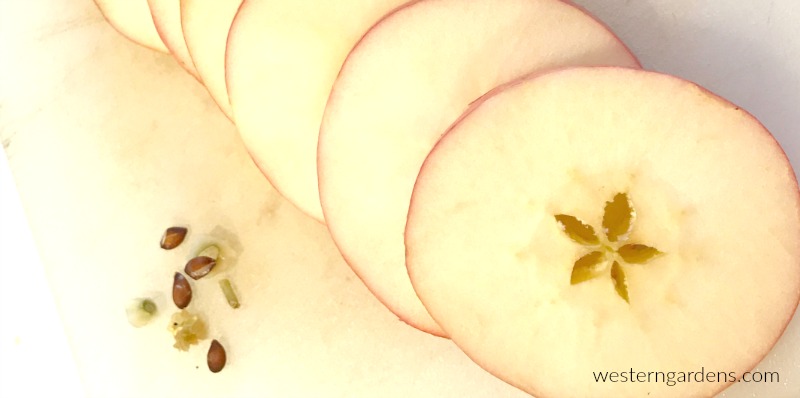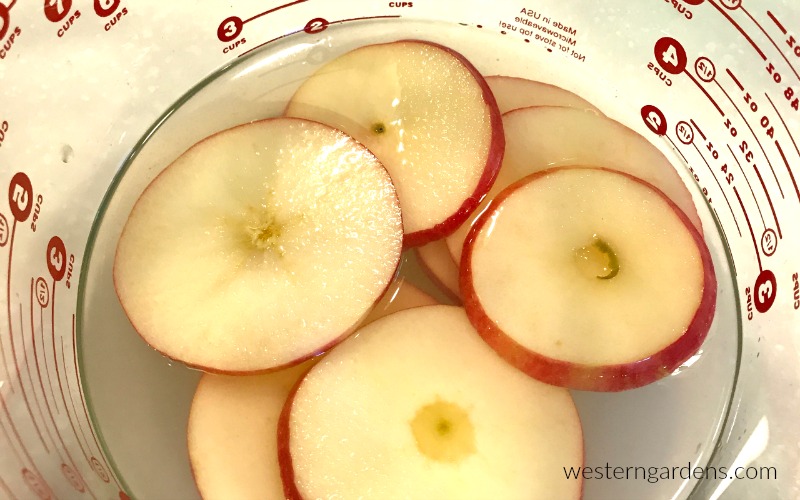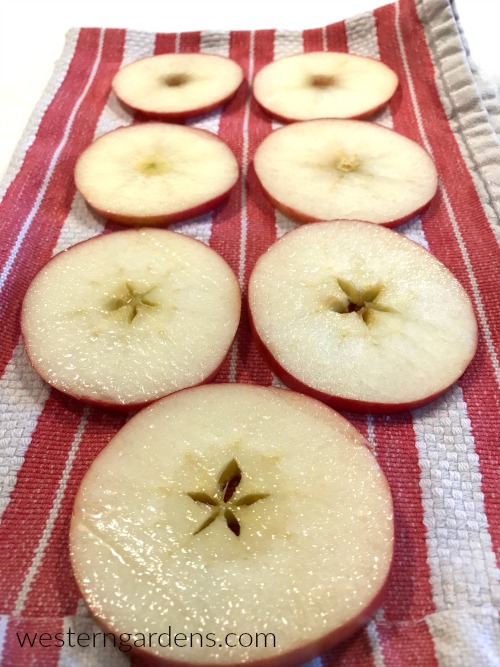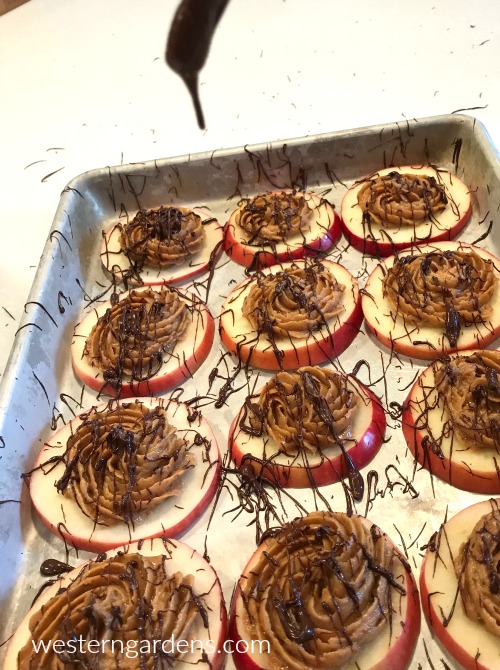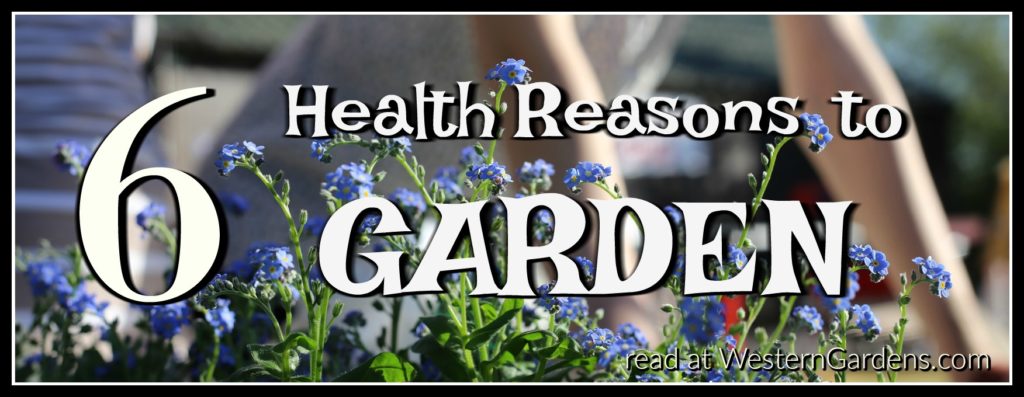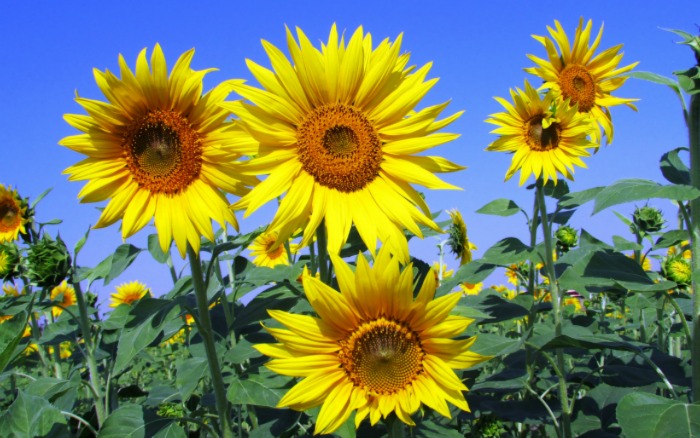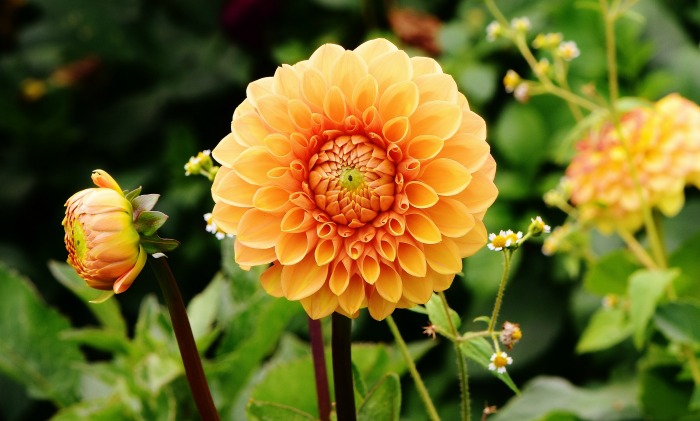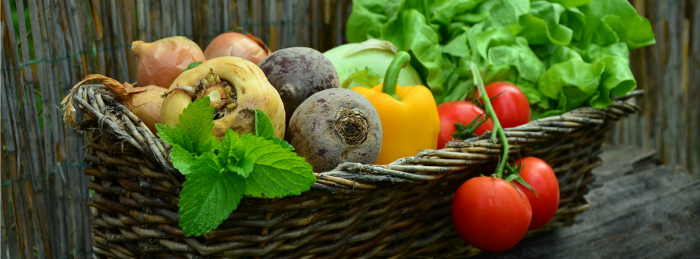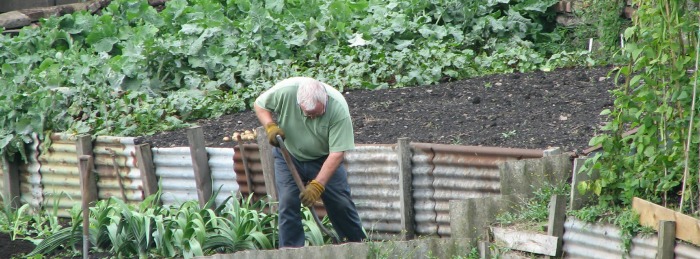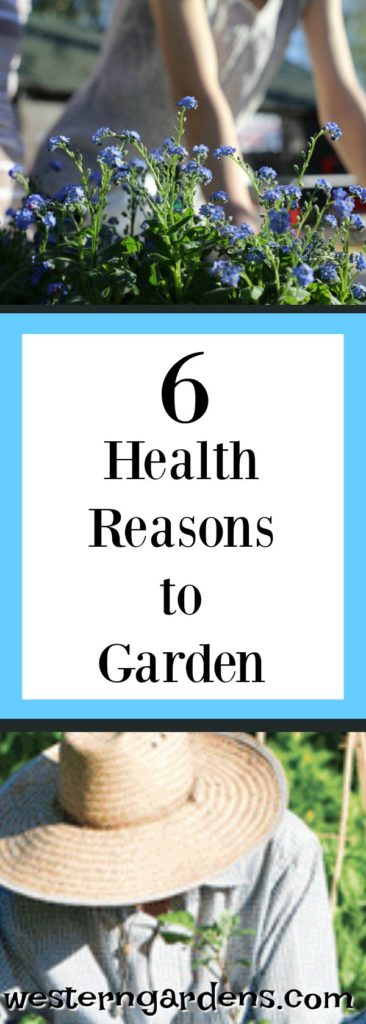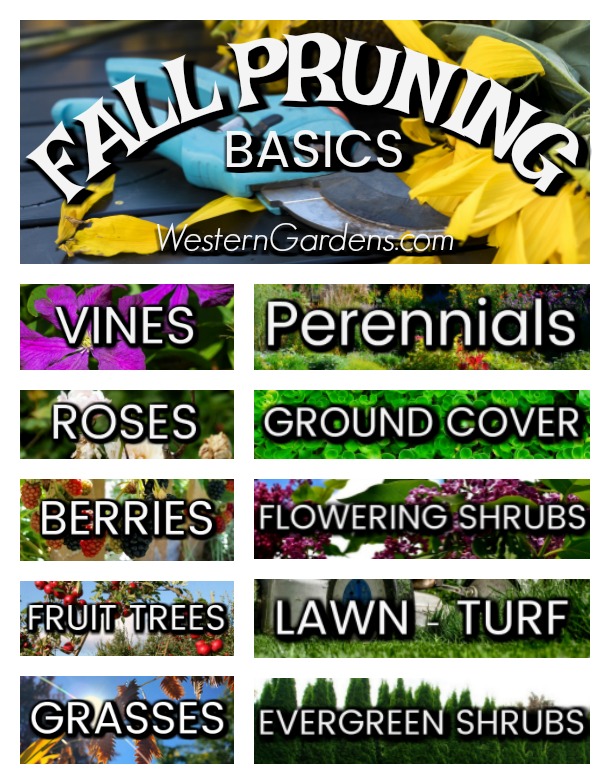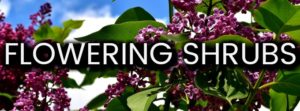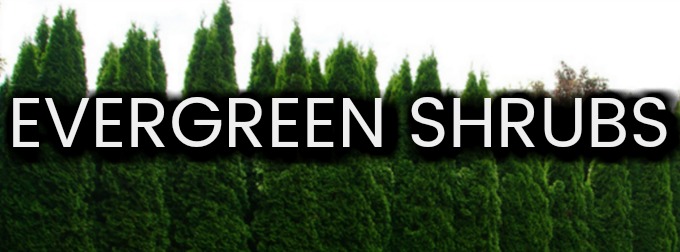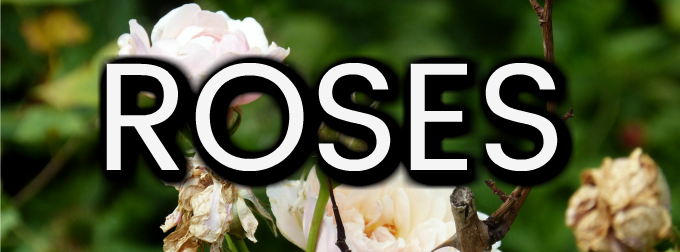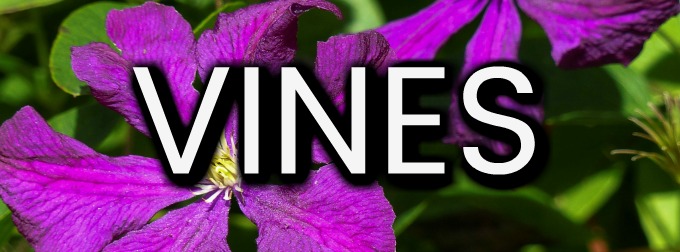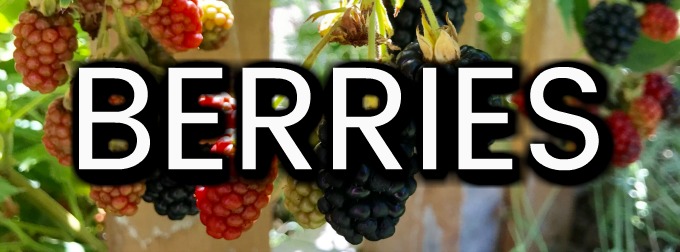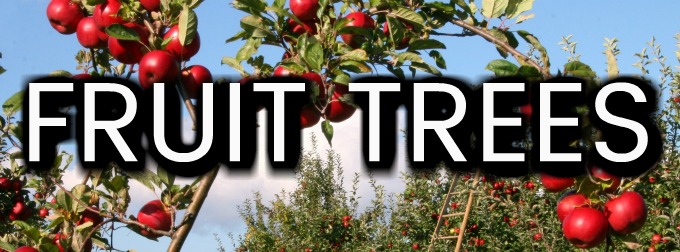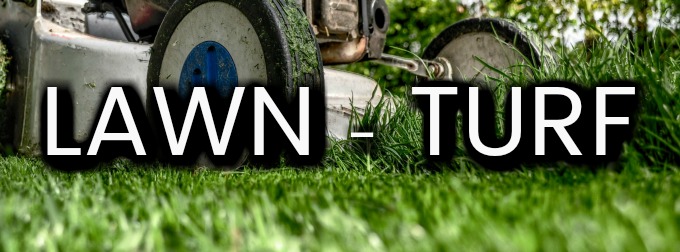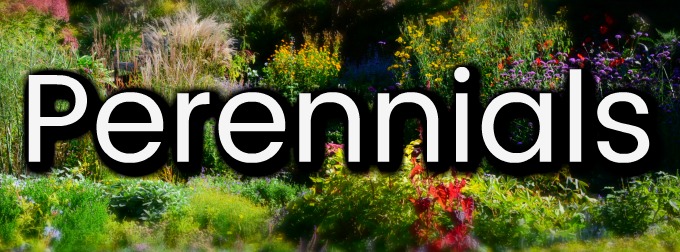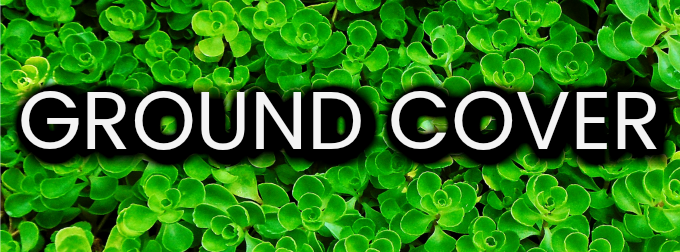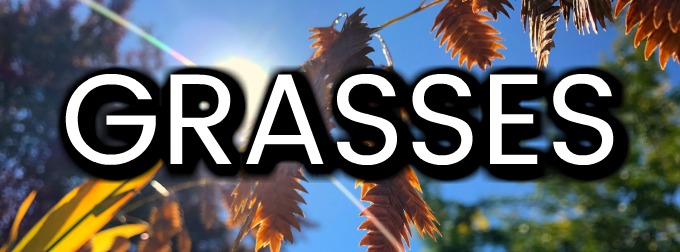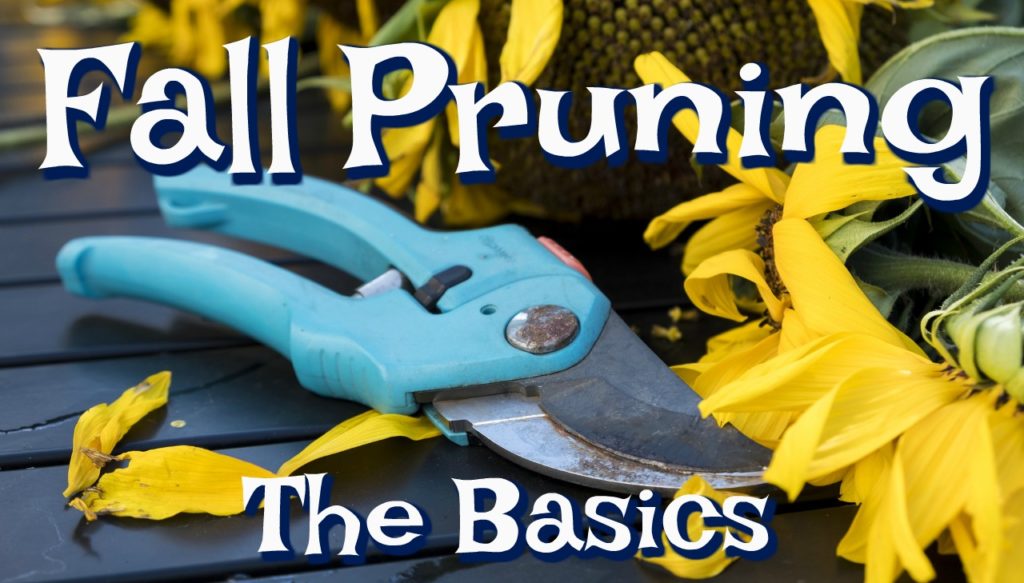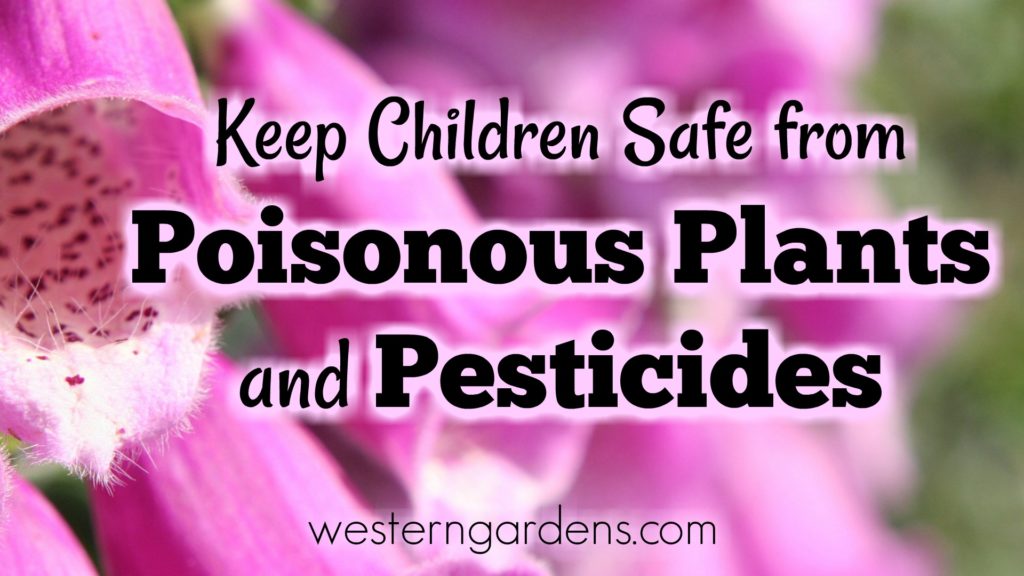
As the first days of spring arrive, people are eager to get outdoors. Unfortunately, the outdoors can pose several dangers to children. Adults can keep kids safe from poisonous plants and pesticides by being aware of some basic knowledge and advice.
According to the National Capital Poison Center, the most poisoning occurs in children who are six or younger, including almost half of poisoning exposures. Though poisoning affects everyone from seniors to infants, it is most common in one- and two-year-olds.
In 2014, poisonous plants and pesticides were among the top 10 leading causes of poisoning in children younger than six years, accounting for nearly 6 percent of poisoning cases, while bites and stings accounted for 0.5 percent of poisoning cases among the same age group. Additionally, 2.5 percent of poisoning fatalities in children younger than six years from 2010-2014 were due to pesticides, making them one of the more dangerous causes of poisoning in children.
Parents and caretakers need to be informed about the dangers of poisonous plants and pesticides to keep children safe. Parents who know what to keep out of their yards and by teaching children what to avoid can prevent many poisonings by plants and pesticides.
What You’ll Find in This Guide:
- Types of Poisonous Plants
- How to Prevent Poisoning from Plants
- What to Do If Your Child Touches or Eats a Poisonous Plant
- Pesticide Safety
- Resources for Preventing Poisoning by Plants and Pesticides
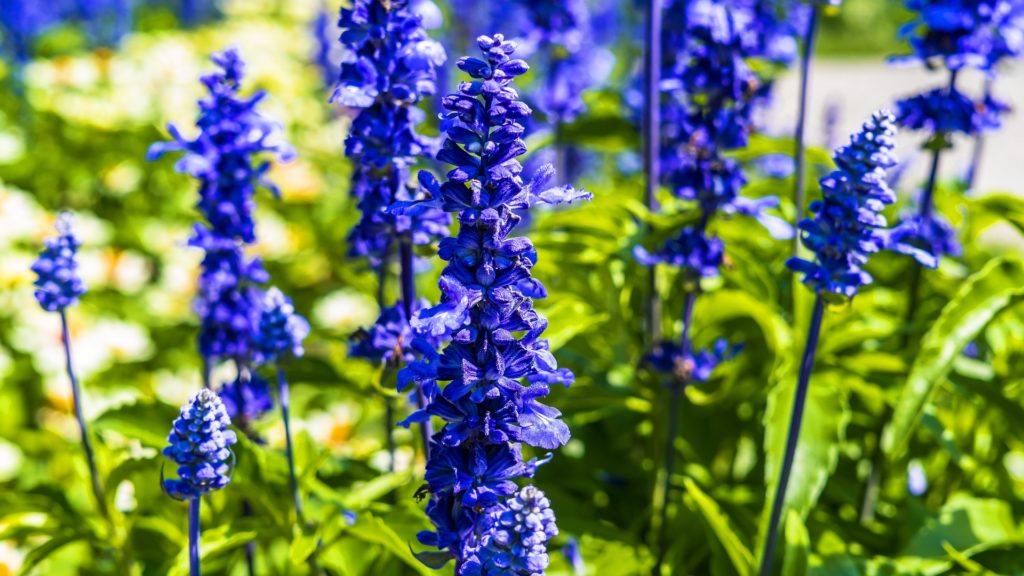
Vibrant larkspur is beautiful but poisonsous to eat. Photo by Felix Mittermeier on Pixabay
Types of Poisonous Plants
This section covers the more common types of poisonous plants found near backyards, parks, and trails.
Poisonous plants are categorized by the chemicals they contain. The most dangerous plants contain solanine, grayanotoxins and cardiac glycosides.
- Solanine is found in food and ornamental plants such as Jerusalem Cherry, Nightshade, potato sprouts and unripe tomatoes. Unripe tomatoes and the green eyes of potatoes containing solanine, when ingested, can cause vomiting, diarrhea, headache, and moderate nausea. If children eat plants containing solanine in large quantities, drowsiness, sweating and changes in blood pressure and heart rate can occur. You may see effects within two to 24 hours, and diarrhea may last for three to six days.
- Grayanotoxins are found in common yard plants including azalea and rhododendron. Lambkill and mountain laurel also contain grayanotoxins. If children eat or chew on leaves in this plant group, they may experience burning, numbness or tingling in their mouths. Within two to three hours, they may display other symptoms of poisoning such as nausea, vomiting, sweating, confusion and slowed heart rate. In severe cases of grayanotoxin poisoning, children have had seizures.
- Cardiac glycosides are found in plants such as squill, Lily-of-the-Valley, foxglove, and oleander. Initial signs of cardiac glycoside poisoning include stomach pain, dizziness, confusion, headache or vomiting. Children who consume plants containing cardiac glycosides also experience a change in the rate or rhythm of the heart, and effects on blood pressure also may occur.
Other common poisonous plants include:
- Poppies
- Hemlock
- Oak leaves and their acorns
- Mistletoe
- Elephant ear plants
- Poison oak, ivy, and sumac
- Hyacinths and daffodil
- Larkspur
- Black locust
- Wisteria
- Mistletoe
Daffodils are beautiful but to eat them is not good. Photo by Pixel2013 on Pixabay
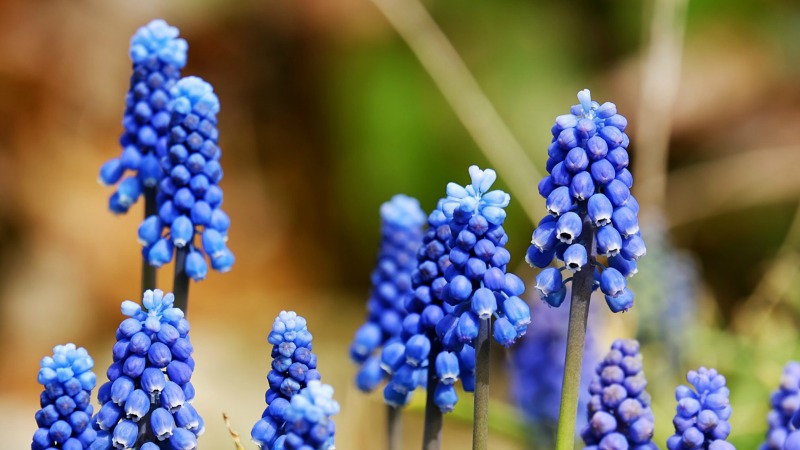
Little cute “grape hyacinths” are not grapes you want your children to eat. Photo by Couleur on Pixabay
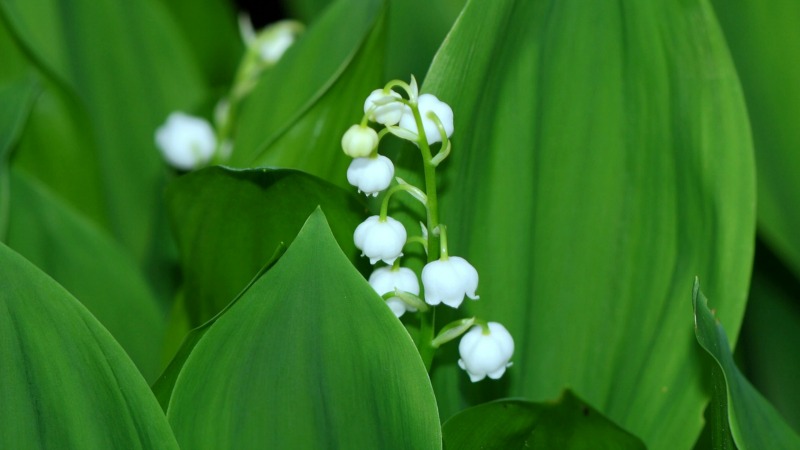
Lily of the Valley are a gardener’s favorite, but remember to teach little people not to eat them. Photo by Soorelis at Pixabay
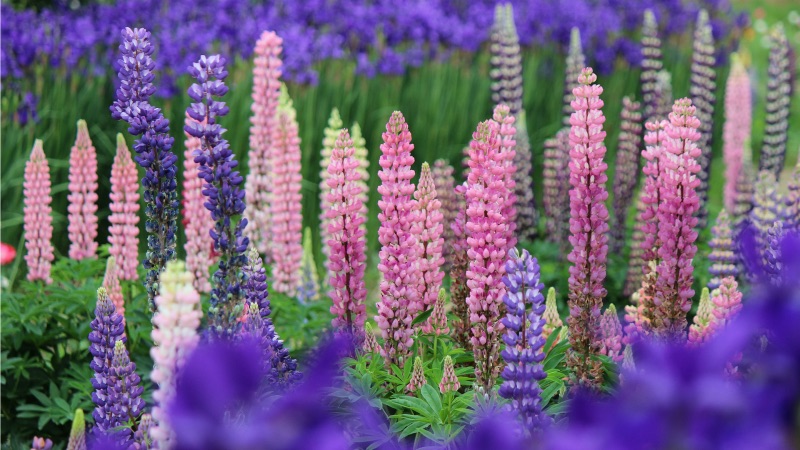
Lupine are so colorful and beautiful. However, they are not for consumption. Photo by Punch_Ra on Pixabay
How to Prevent Poisoning from Plants
This section includes tips for preventing children from being poisoned by plants. Parents should proactively teach their children to avoid eating plants or parts of plants. It’s also a good idea for parents of young children to avoid growing poisonous plants in their yards.
The most effective way to prevent poisoning is teaching children to not eat anything they find outside, regardless of whether or not it looks or smells good. Even if the birds are eating the berries, this doesn’t mean they are not poisonous for humans. Children should only eat plants or fruits from outside if they have your permission and after taking them in the house and washing them off. Try to practice what you preach, and don’t eat items from the family garden outside; tops of potato plants and green portions of potato contain solanine and rhubarb leaves which are poisonous.
To avoid accidental poisoning of children, keep berries, seeds, bulbs and plants out of reach. Try to avoid areas in parks that aren’t commonly used and areas that contain large amounts of plants. Additionally, while it may seem like a no-brainer, try to avoid decorating or landscaping with poisonous plants at home. Plants that have bright flowers and poisonous berries should be avoided until the children are older. The bright colors can be attractive to children, which can lead to ingestion. Also, remove all mushrooms that grow near your home and check your lawn for new mushrooms, especially during a wet and hot summer.
Making your yard and garden as safe as possible is the best course of action for preventing poisoning from plants. However, you don’t want to shutter your children off from being explorative. Providing safe areas where children can play and not be at risk of poisoning can be a great way to promote imagination. When taking your children on wilderness adventures, be wary of potential hazardous plants along walkways and trails.
Read More in Part 2 – What to do if your child touches or eats a poisonous plant…
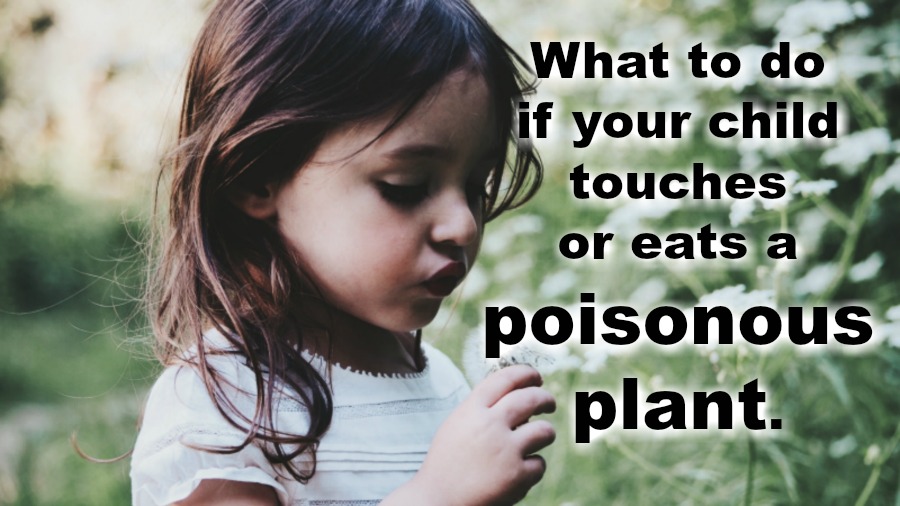
Photo by Caroline Hernandez on Unsplash
About the Author: Angie Bersin, Redfin
Angie is a Marketing Coordinator at Redfin and creates content for the Redfin blog. She writes on a variety of topics including outdoor activities, fitness trends, and real estate. In her free time, Angie enjoys hiking with her dog, exploring the beautiful city of Seattle, and traveling the globe. See original article
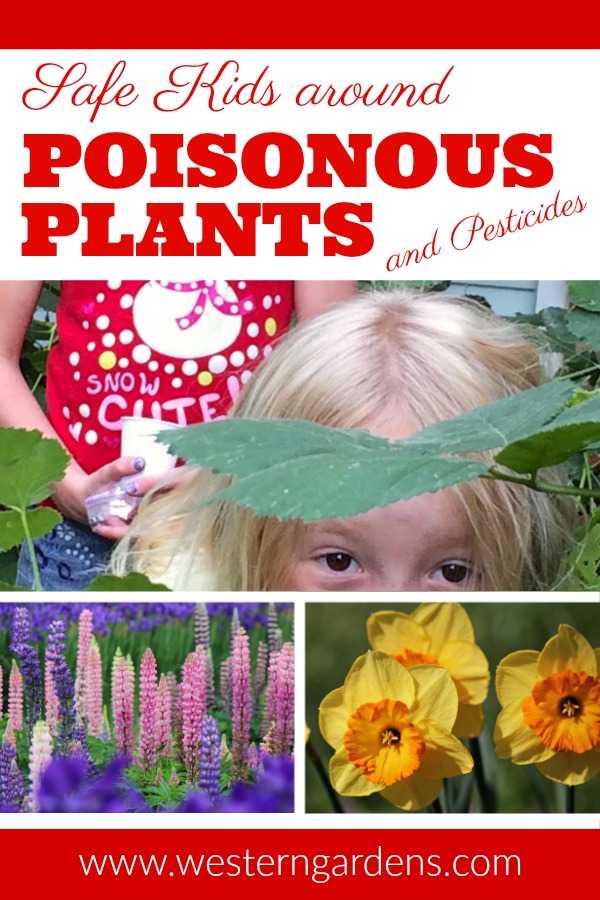

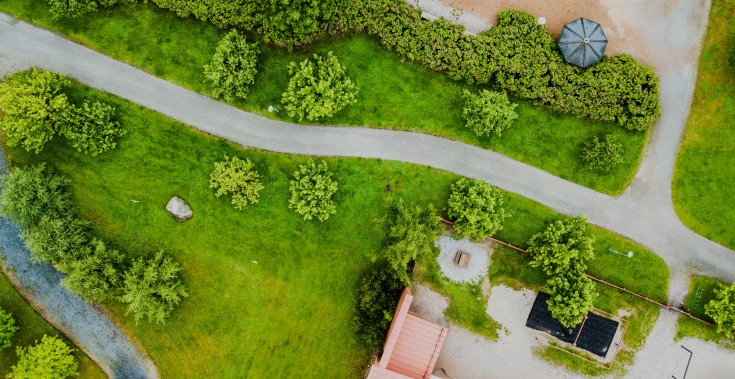


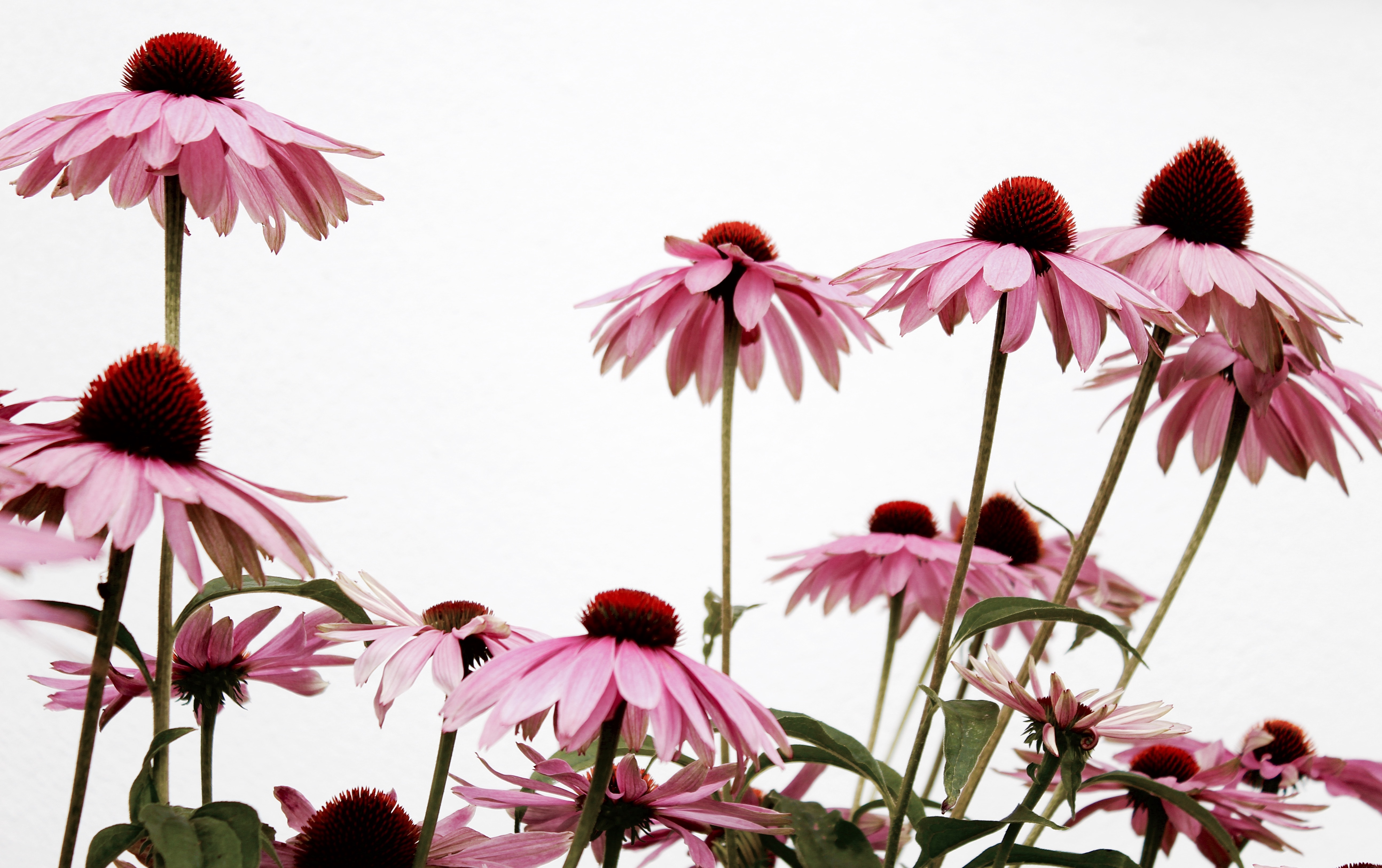
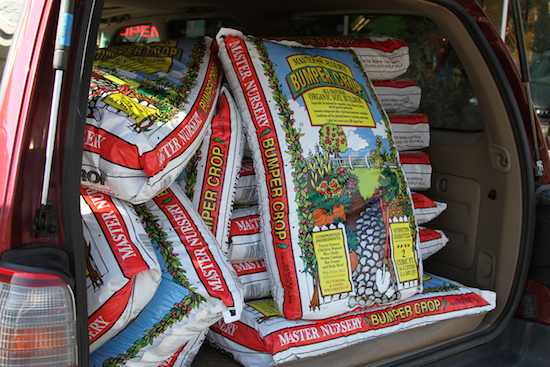
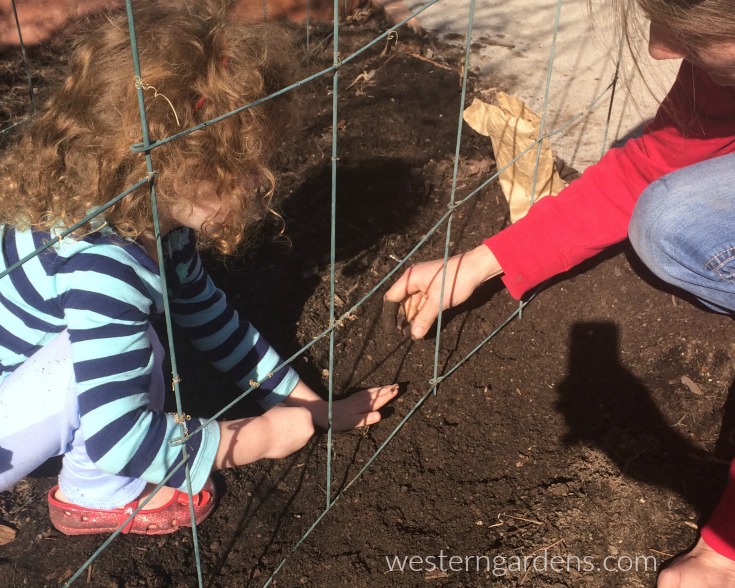
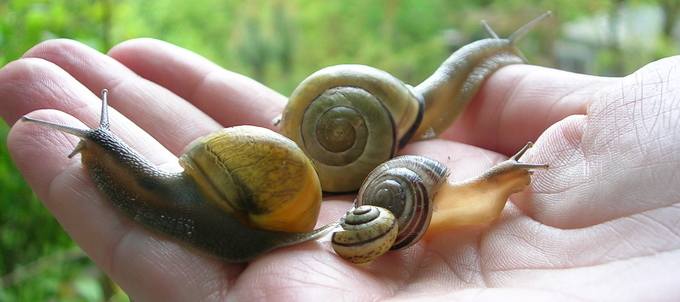
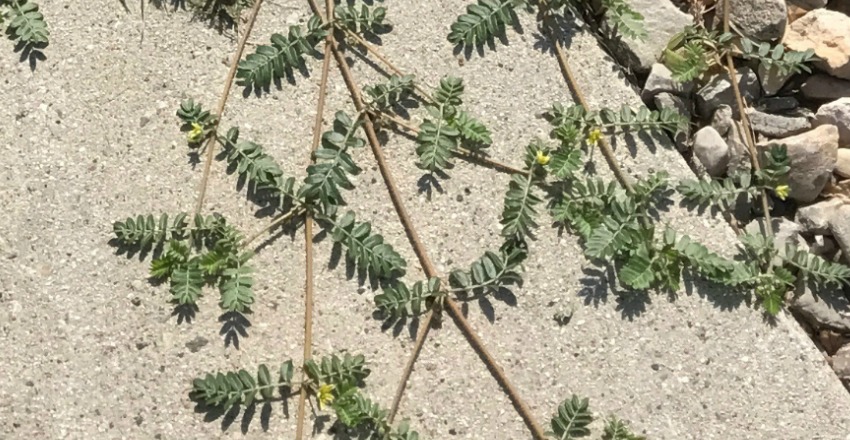
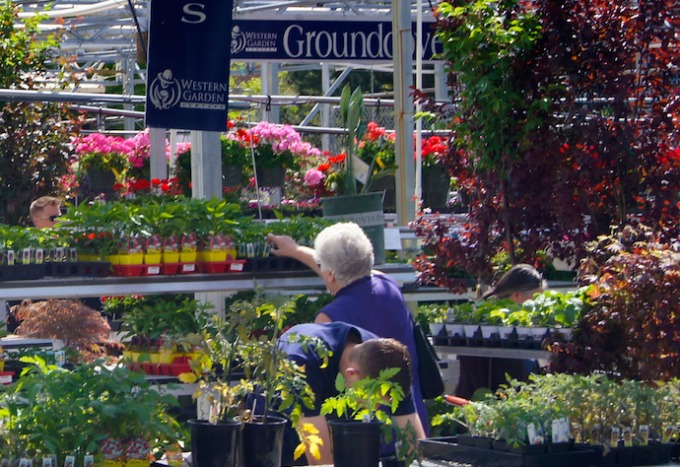

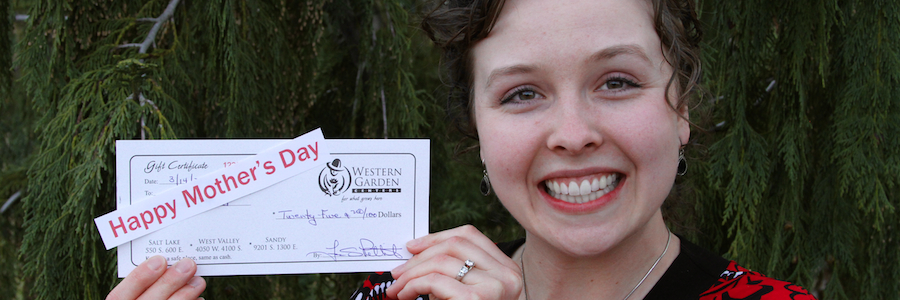
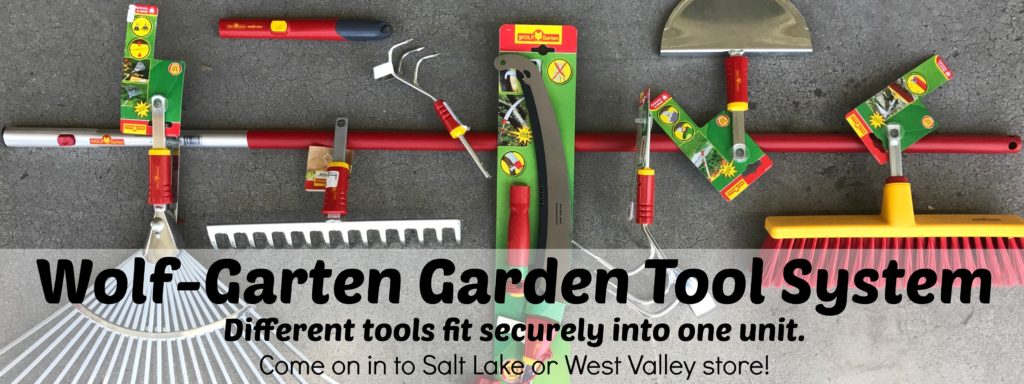

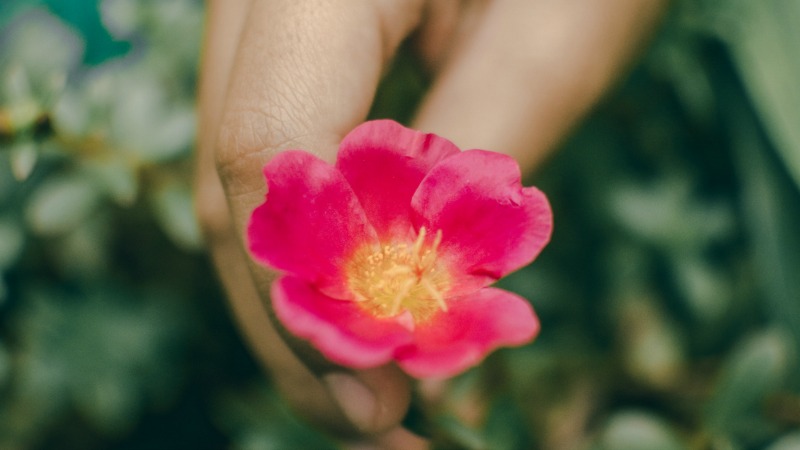
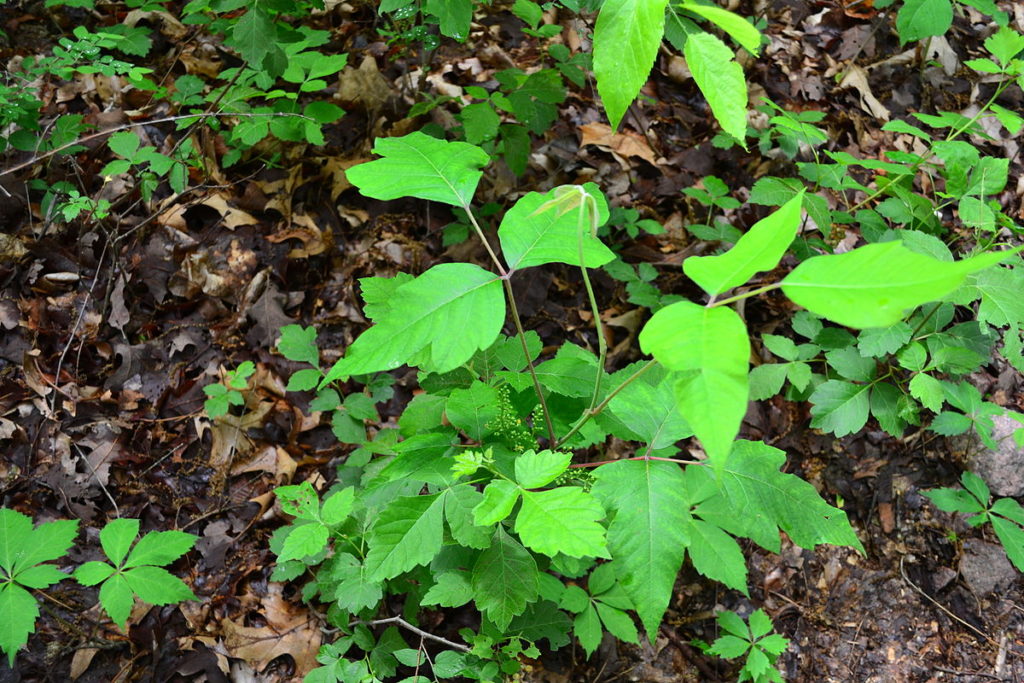

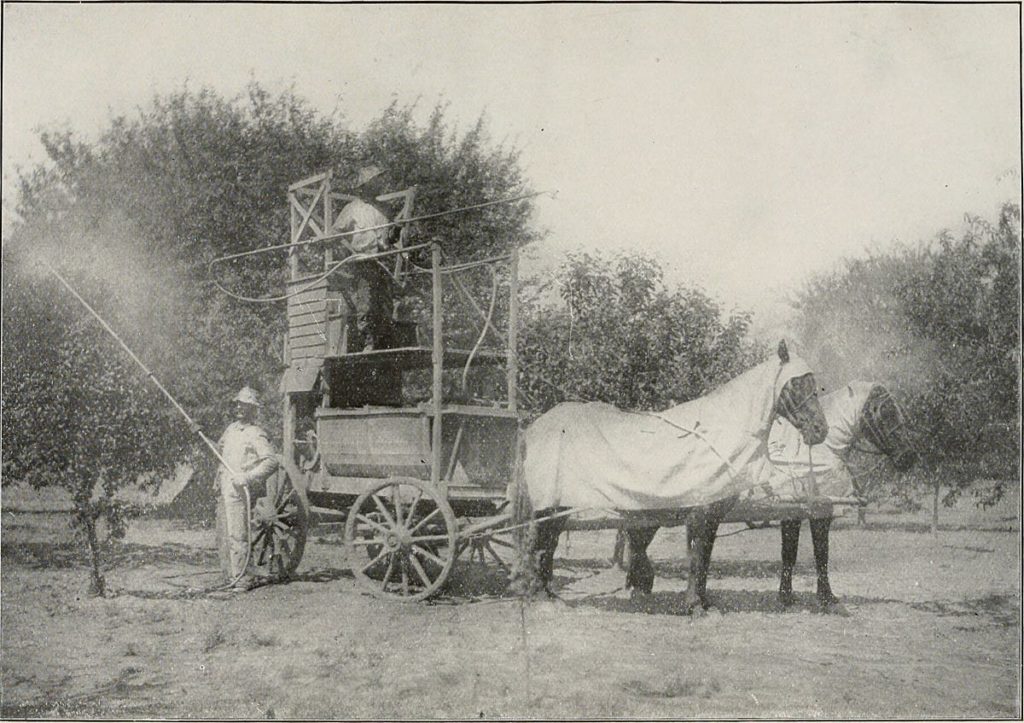
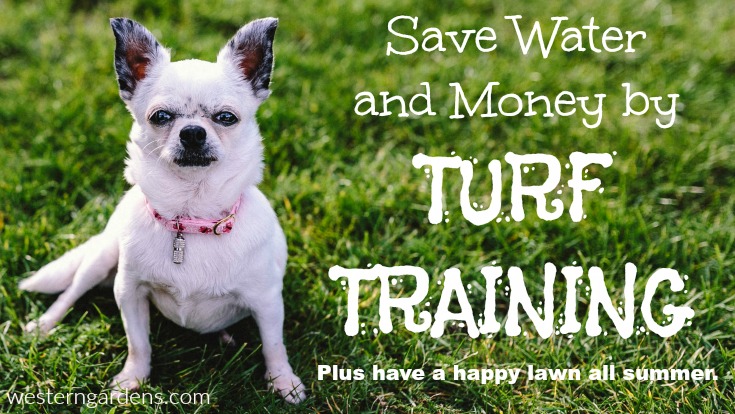
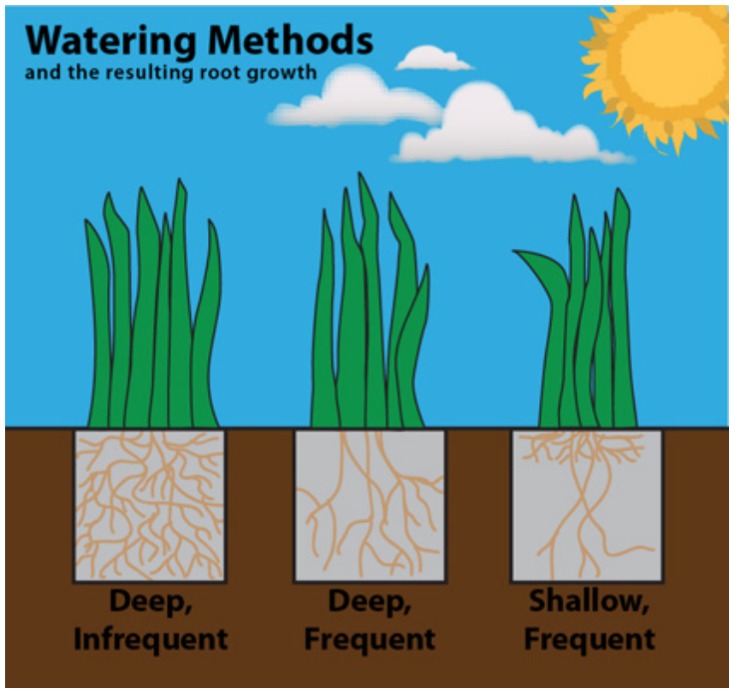
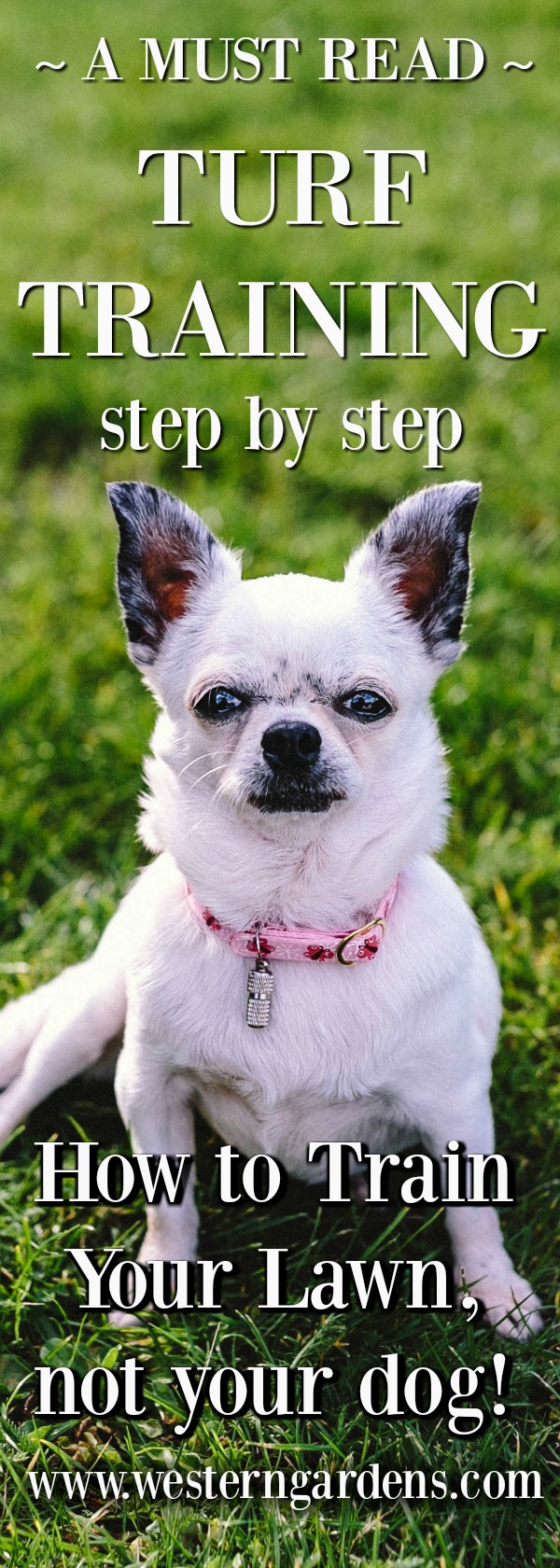
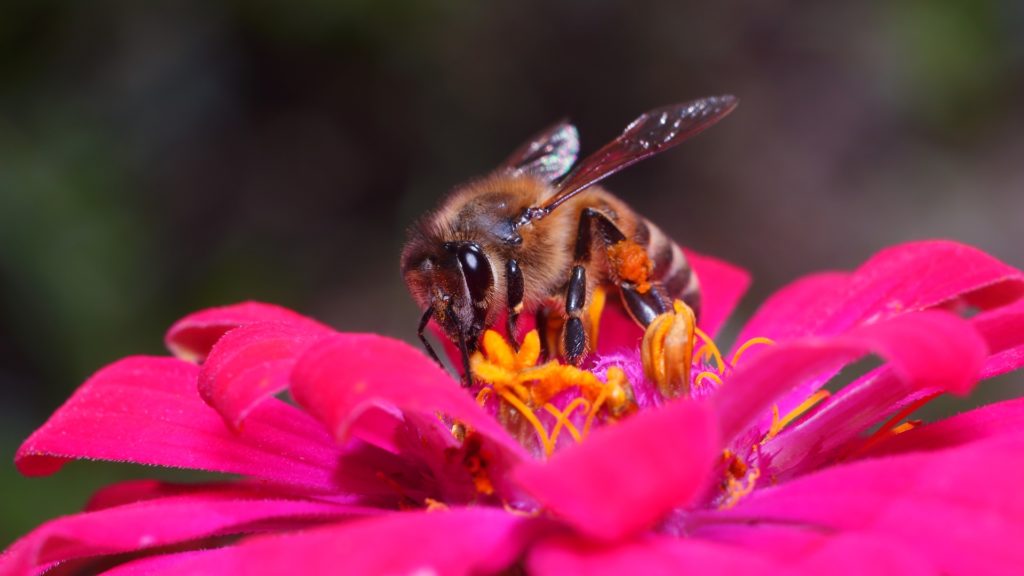

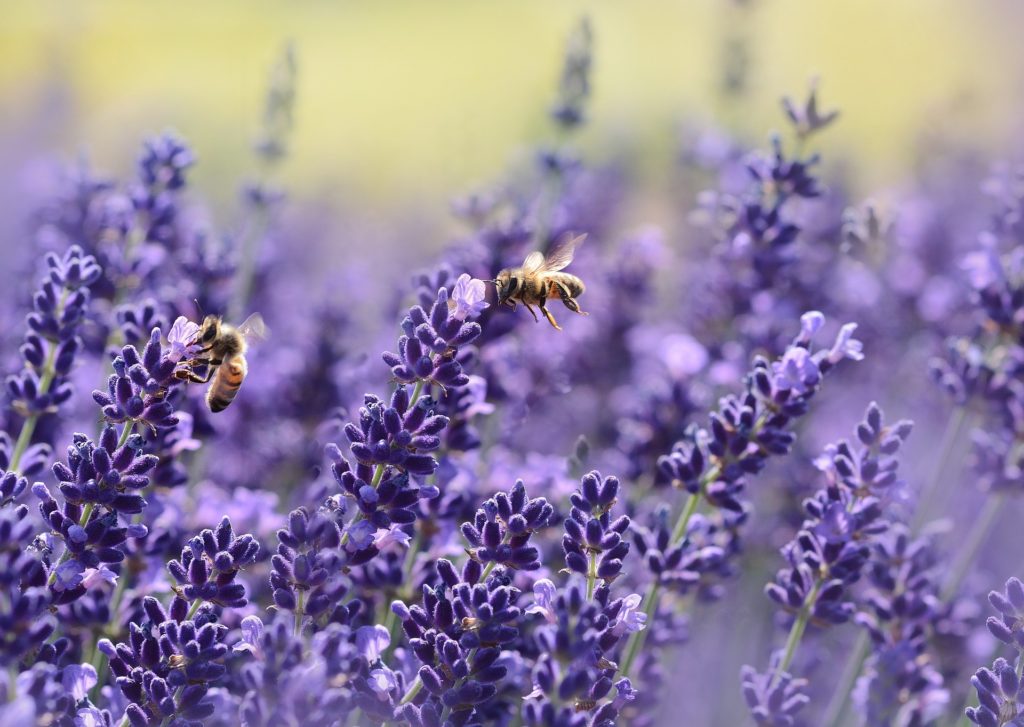
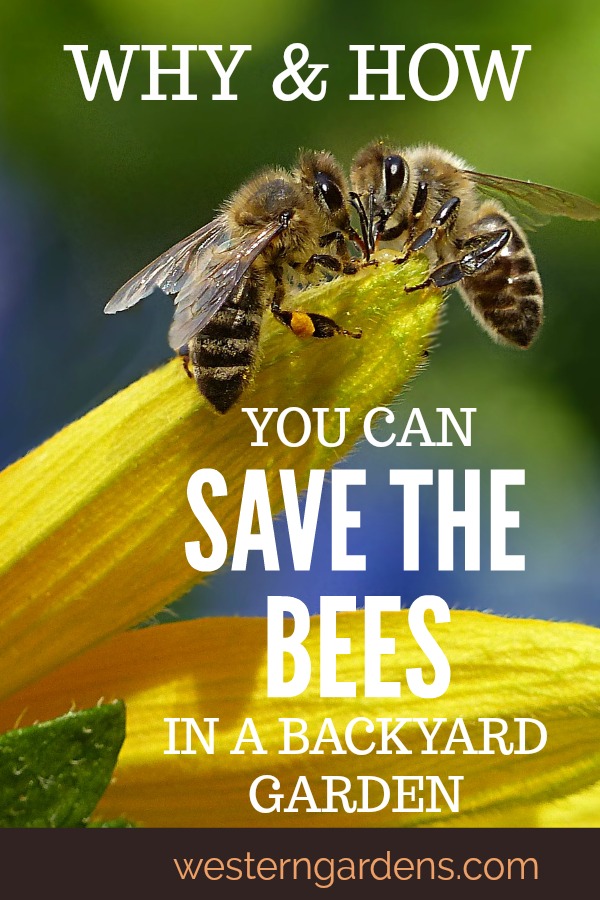
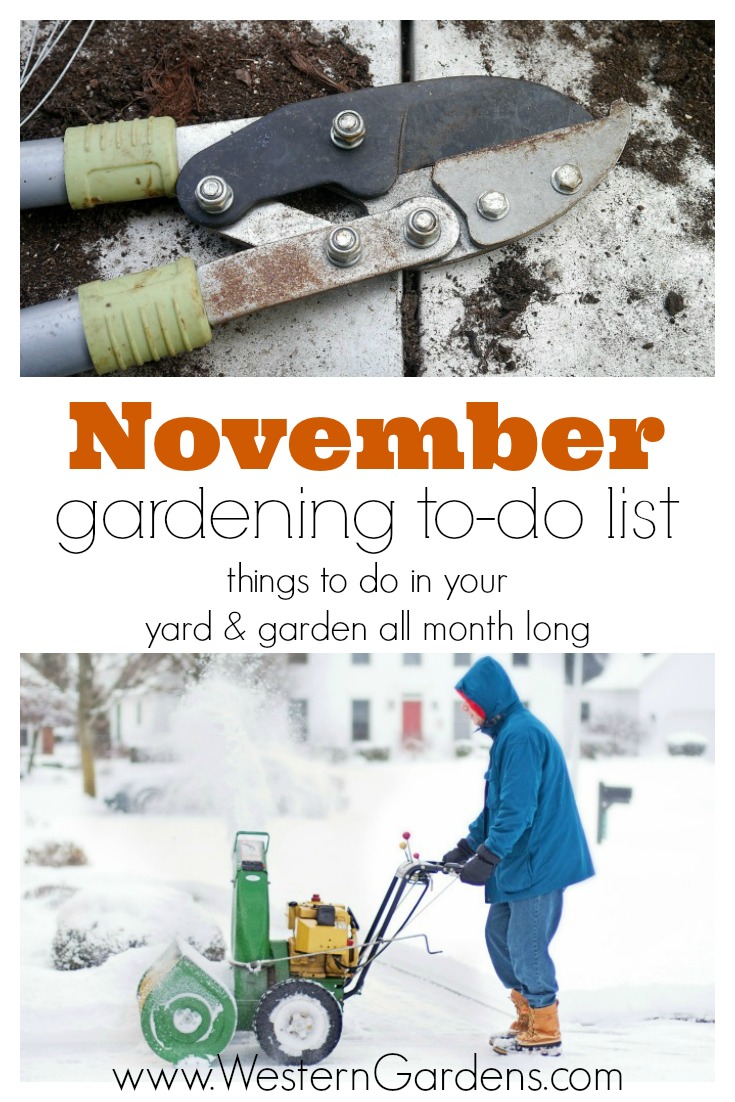
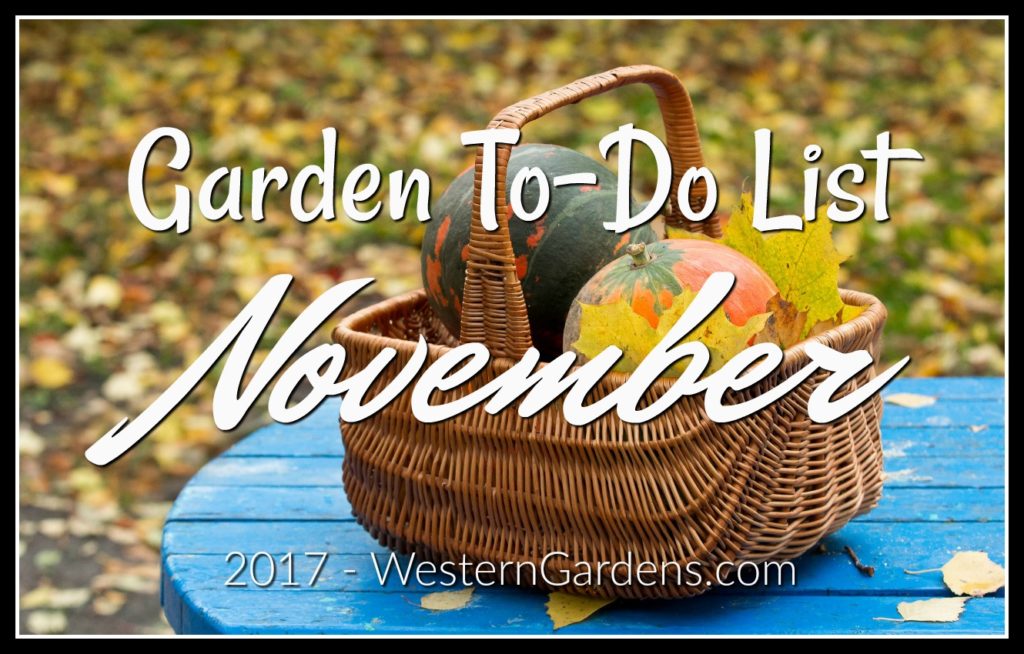
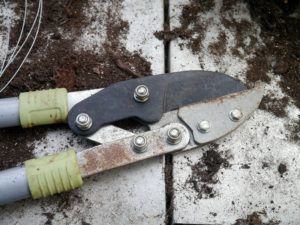
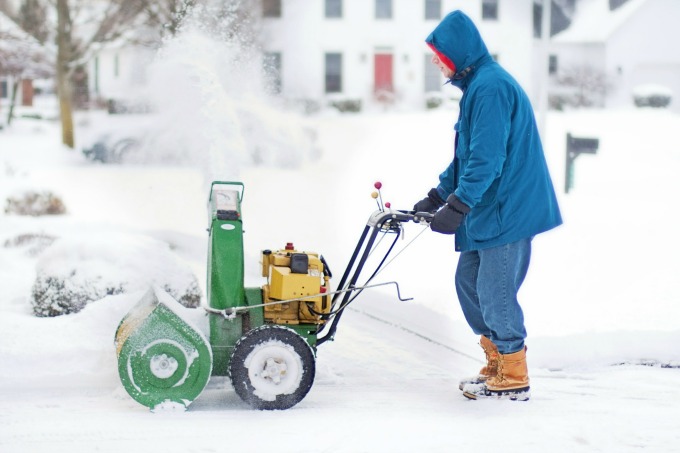
 Harvesting your apples? Been to your local farmer’s market and bought a bushel of apples? Cookie Butter Apple Treats may be a new delicious treat to please the entire family while you are processing your apples for the season. This simple 4-ingredient recipe is easy and yummy. Any variety of apple tastes delicious with this cookie butter dip recipe, but we prefer Fuji, Gala, or Pink Lady (whichever is the best price or whichever apple is ripe on the tree).
Harvesting your apples? Been to your local farmer’s market and bought a bushel of apples? Cookie Butter Apple Treats may be a new delicious treat to please the entire family while you are processing your apples for the season. This simple 4-ingredient recipe is easy and yummy. Any variety of apple tastes delicious with this cookie butter dip recipe, but we prefer Fuji, Gala, or Pink Lady (whichever is the best price or whichever apple is ripe on the tree).